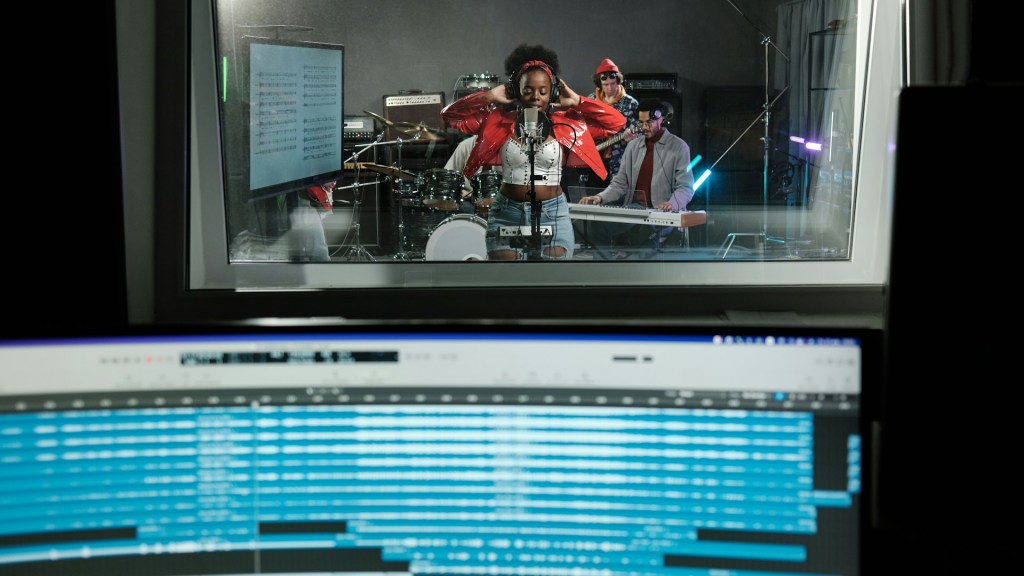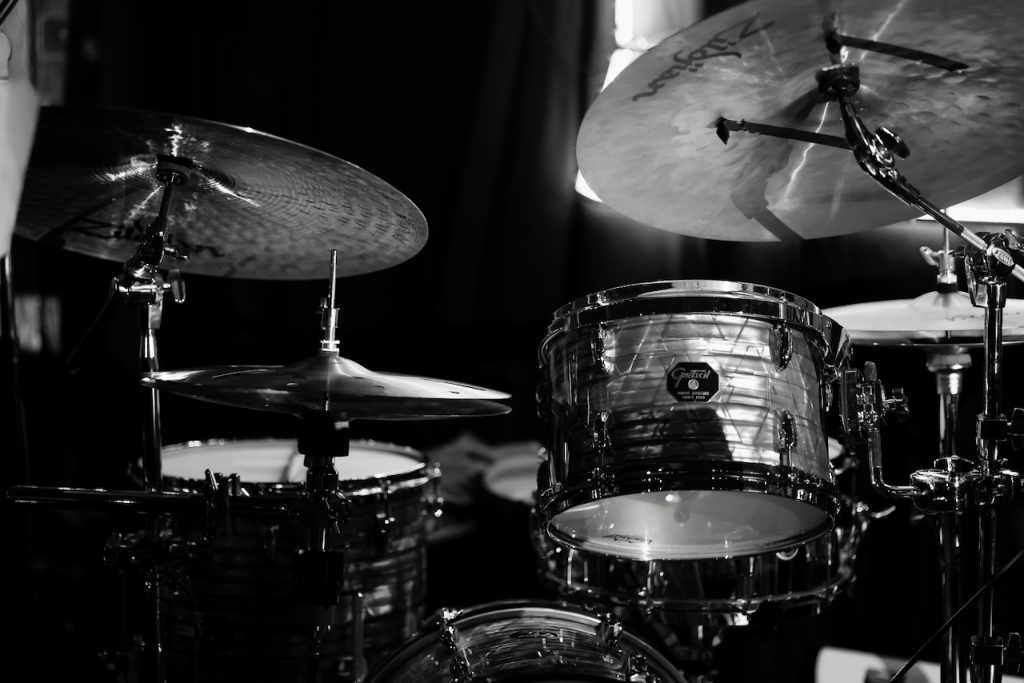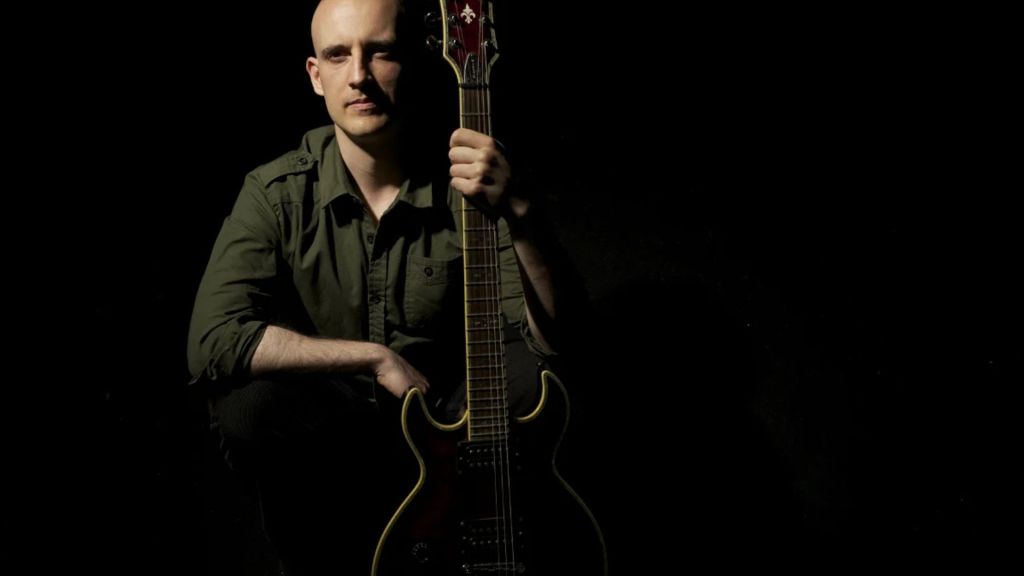As a singer, the opportunity to record your music in a studio setting can be incredibly exciting. It’s a chance to capture your vocals in a polished and professional manner, bringing your creativity and passion to life in a tangible way. However, stepping into a recording studio for the first time, or even setting up a home studio, can feel daunting – as there’s a multitude of technical components and processes to consider. That’s where we come in, making sure you have access to professional guidance at your fingertips as you embark on your recording journey.
In this article, we’ll provide an in-depth look at essential recording studio equipment and techniques that can help singers create high-quality recordings. From microphones and preamps to setting up your space and editing software, we’ll cover all the key components you need to be aware of to ensure that your artistry shines through in your final tracks. Plus, we’ll explain how connecting with award-winning professionals via our message format platform can enhance your understanding of these tools and techniques, ultimately improving the quality of your recordings and helping you grow as an artist.
One of the most accessible ways to connect with expert guidance is through our unique platform. Designed to link artists with seasoned industry professionals, our platform allows you to receive personalized advice on all aspects of recording – be it equipment recommendations, vocal techniques, or production methods. By communicating with experienced professionals in a convenient and efficient message format, you can gain valuable insights that will elevate your recordings and help you master the art of studio singing.
So, without further ado, let’s dive into all things recording studio and discover the essentials you need to capture your vocals in the best possible light. With the help of our expert coaches and some hard work on your part, you’ll be well on your way to creating high-quality recordings that truly showcase your talent.
Essential Recording Studio Equipment for Singers
As you venture into the world of music recording, having the right equipment is crucial for ensuring a crisp and professional sound. Here’s a rundown of the essential gear you’ll need for a successful recording session:
1. Microphone: A high-quality microphone is a critical component in capturing your voice accurately. Condenser microphones, which are generally more sensitive than dynamic microphones, are ideal for recording vocals, though you’ll also want to explore which specific models suit your voice and budget best.
2. Audio Interface: An audio interface is the link between your microphone and computer. It serves as an external sound card, converting analog audio signals from the microphone into digital audio that can be recorded and edited on your computer using recording software.
3. Studio Headphones or Monitors: Accurate monitoring of your recorded vocals is essential. Invest in a good pair of closed-back studio headphones designed for recording and mixing to ensure proper sound isolation and minimal audio bleed. Alternatively, consider studio monitors, which are specialized speakers designed for accurate sound reproduction.
4. DAW (Digital Audio Workstation): A DAW is the recording software used to record, edit, and mix your vocals. There are many options available, including well-known programs like Pro Tools, FL Studio, and Logic Pro. Be sure to research the pros and cons of each to find the best fit for your needs and skill level.
Setting Up Your Recording Space
Transforming your home or a dedicated room into a suitable recording space will not only contribute to the quality of your sound but also create an environment where you can truly focus on your craft. Consider these important factors when setting up your space:
1. Acoustic Treatment: Proper acoustic treatment is vital to minimize sound leakage and control unwanted room reflections. Use acoustic foam or panels to reduce reverb and manage sound bouncing off surfaces.
2. Vocal Booth: If you have the room, a vocal booth can be a valuable addition to your recording setup. This separate, insulated space provides an optimal environment for capturing vocals and minimizing external noises.
3. Microphone Placement: Experimenting with the best microphone placement for your specific voice and equipment is essential. Start by positioning the microphone about 6-12 inches away from your mouth and use a pop filter to reduce plosives (unwanted sounds caused by bursts of air).
4. Comfortable Atmosphere: Your personal comfort plays a significant role in the quality of your recordings. Ensure your space has adequate lighting, is clutter-free, and showcases some of your personality to help inspire your creativity.
Vocal Techniques for Studio Singing
Studio singing and live singing are two different beasts. Learning and adapting certain vocal techniques specifically for studio recording can yield a far better outcome for your tracks. Here are some useful tips:
1. Warm-Up: Just like a live performance, you should always warm up your voice before recording. Use vocal exercises like lip trills, scales, and humming to prepare your vocal cords for the work ahead.
2. Control Your Dynamics: Studio microphones are highly sensitive and pick up even the slightest fluctuations. Make sure to control your vocal dynamics and keep volume levels steady as you record.
3. Consider Multiple Takes: Taking several passes at a song or section allows you more freedom during the post-production process. You can choose the best takes and even create a composite track using different parts of each take for a flawless final recording.
4. Proper Breath Control: Maintaining good breath control during your recording session is vital. This includes taking deep, steady breaths and utilizing diaphragmatic breathing to avoid running out, or losing control, of air during a phrase.
Expert Guidance Through Our Message Format Platform
While the equipment and techniques we’ve outlined are crucial for capturing professional-quality recordings, ongoing guidance from seasoned industry professionals through our message format platform can help take your skills to the next level. Our experienced coaches can provide valuable advice on all aspects of recording, including:
1. Equipment selection and setup
2. Customized vocal exercises
3. Specific recording techniques for your voice
4. Tips for overcoming common recording challenges
5. Feedback on your demos and final tracks
Recording Your Vocal Masterpieces with Confidence
Recording high-quality tracks requires a combination of essential equipment, the right techniques, and a conducive environment. However, the most crucial aspect of all is your commitment to ongoing learning and improvement. By seeking expert guidance from our industry professionals and incorporating the information provided in this guide, you can confidently produce polished and professional recordings that showcase your unique vocal talents.
Begin your recording journey with the support of our message format platform, and access award-winning professionals’ guidance. Boost your recording studio essentials and techniques – connect with PIVODIO™, and we’ll find you the best music coach for your needs!





Leave a comment